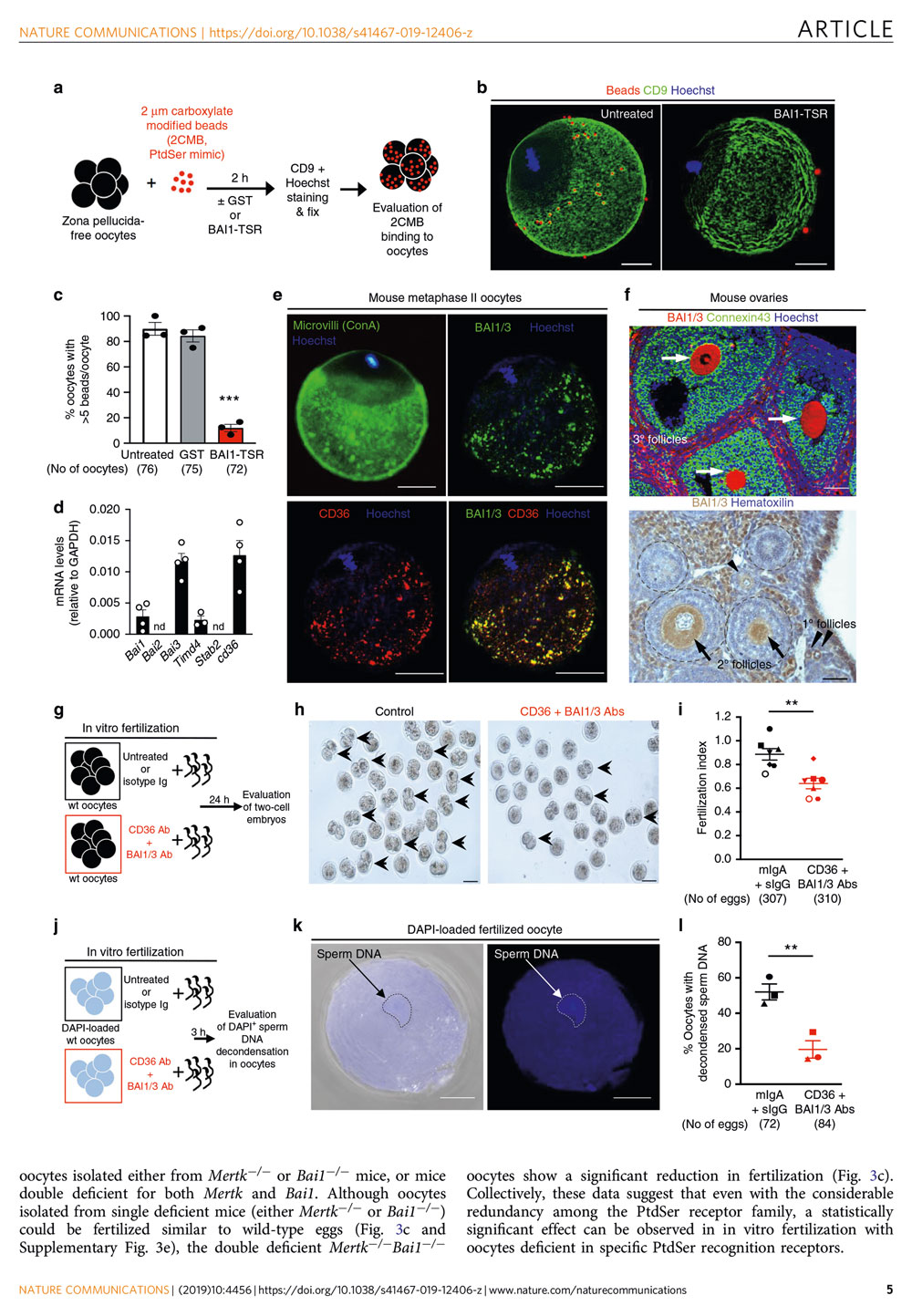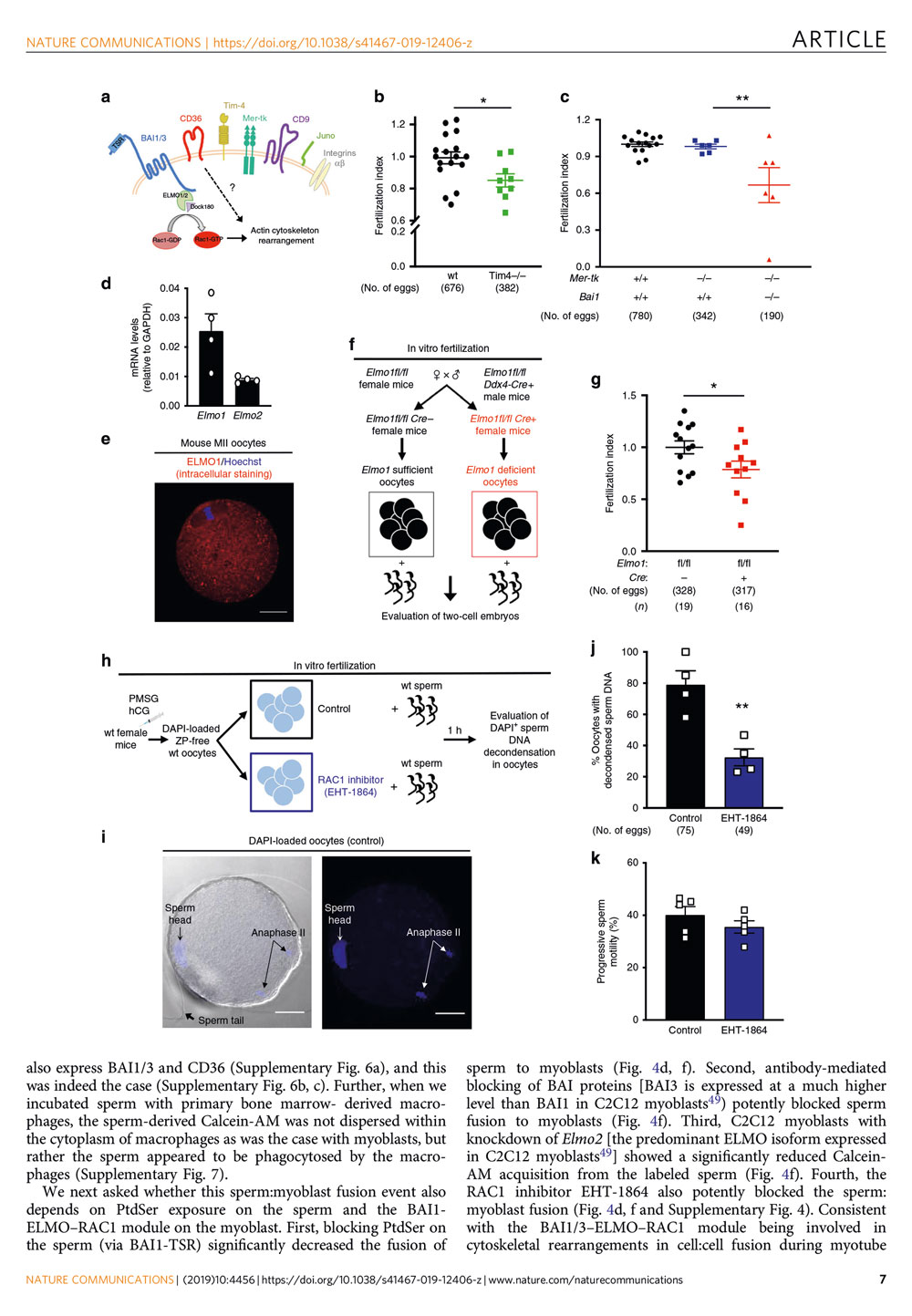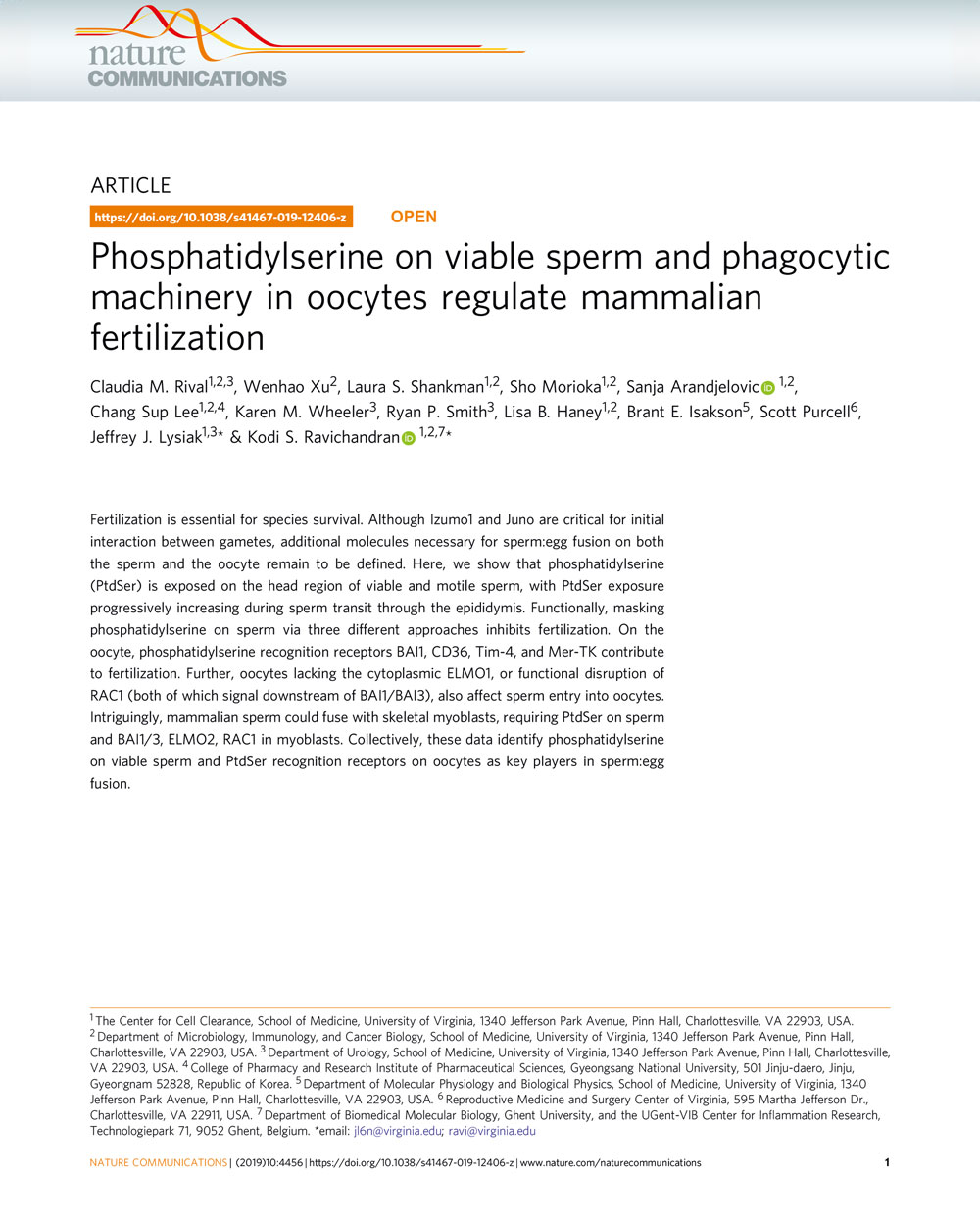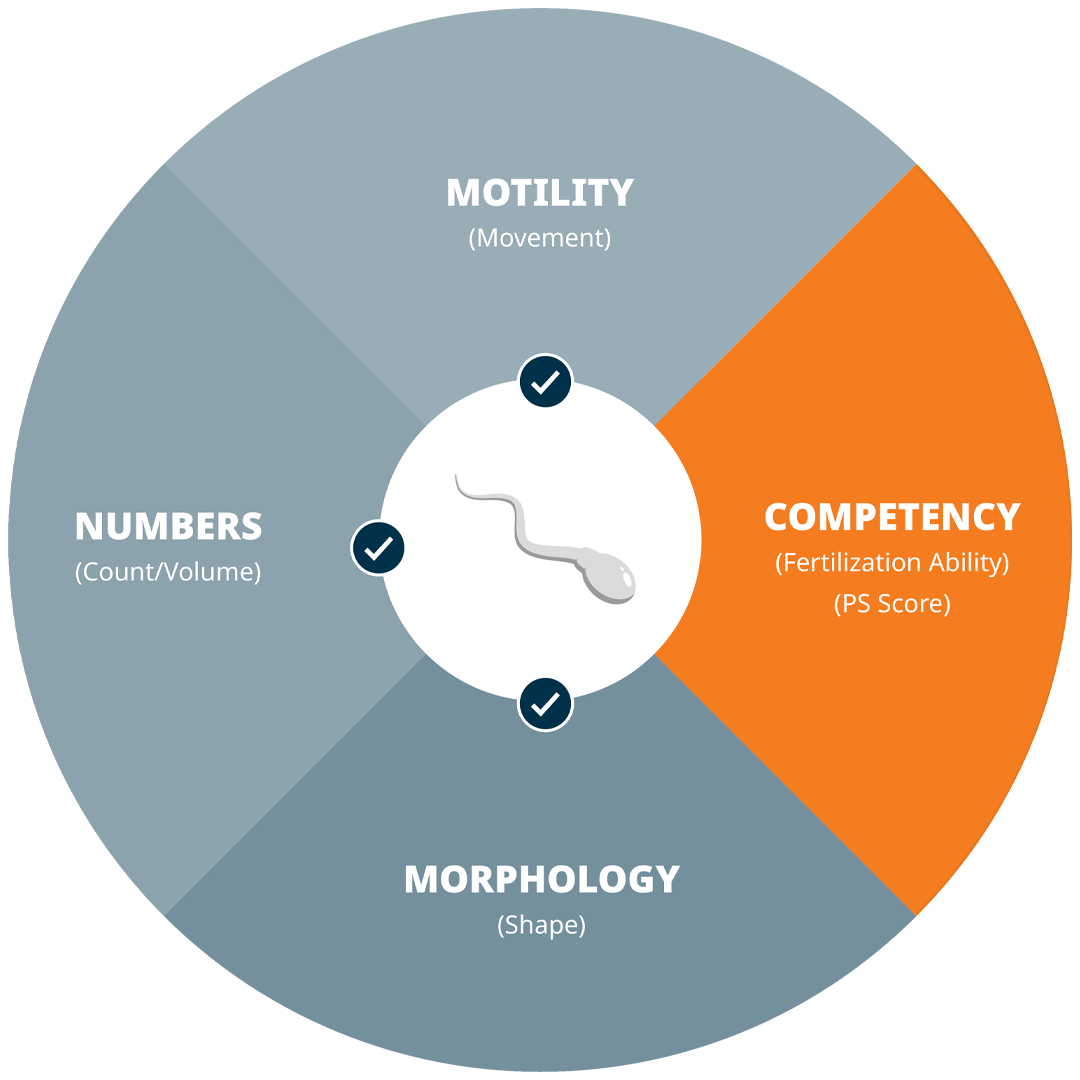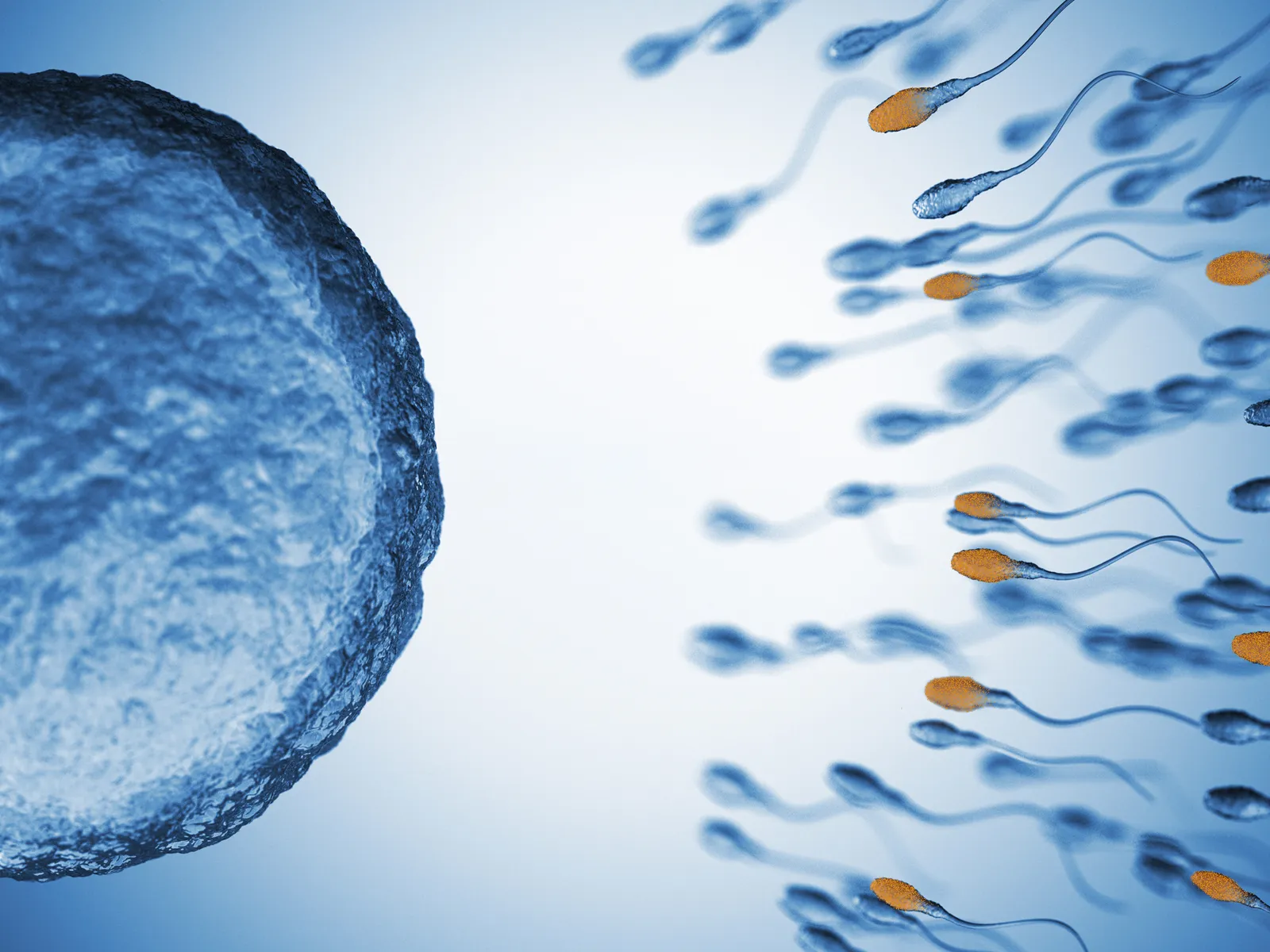The Link Between Phosphatidylserine (PS) and Fertilization
Our groundbreaking research published in Nature Communications revealed that the presence of phosphatidylserine (PS) on the outer surface of sperm cells is crucial for fertilization. This discovery highlights a significant gap in current fertility testing, as routine assessments have not previously measured PS presence on sperm.

